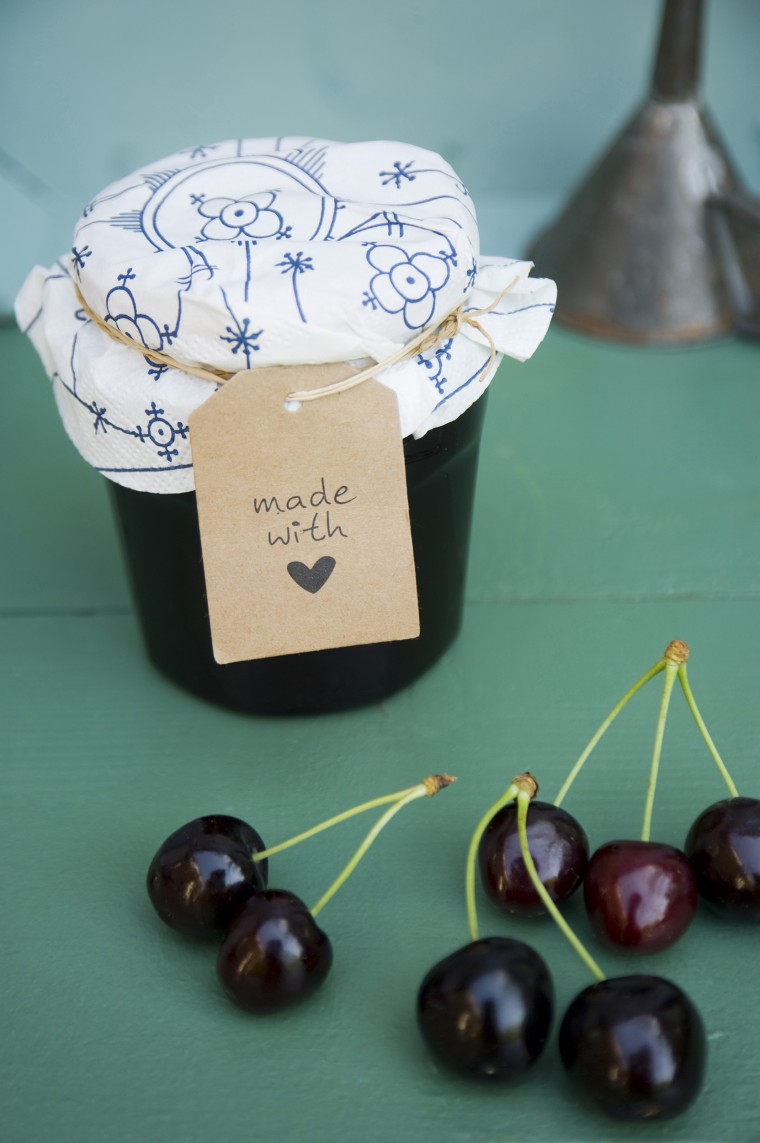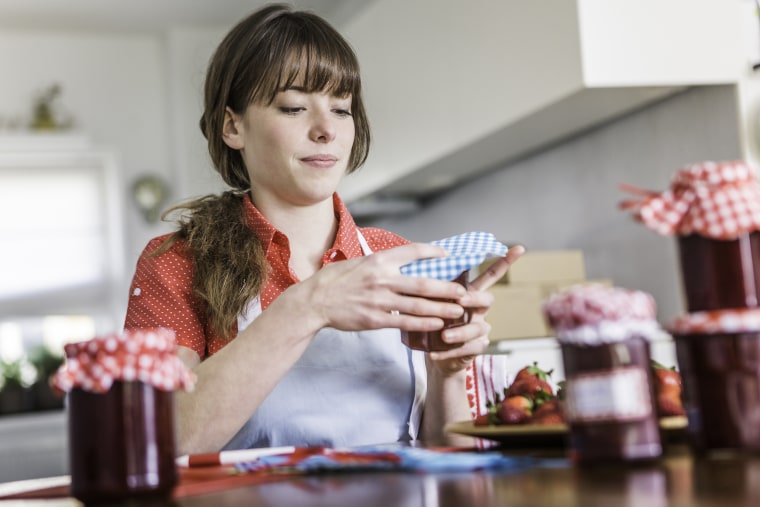Visiting family recently, I was snacking in my mom’s kitchen (as one does) when she brought out a couple jars of homemade goodies. One was her own apple jelly and the other a jalapeño pepper jelly someone gifted them. Ordinarily I wouldn’t have given a second thought to safety, but ordinarily I hadn’t just spent a chunk of an afternoon talking about the potential dangers of homemade foods with Ben Chapman, Ph.D., a professor and food safety extension specialist at North Carolina State University who co-authors Barf Blog and co-hosts a food safety podcast.
Chapman’s words rang fresh in my ears: “I'm really leery if someone gives [homemade food gifts] to me and I don’t know how they did it.”
So I launched into an interrogation about the provenance of both jars. What was in them, who made them, what recipe did they use, what method did they follow? Granted, this was kind of rude, but Chapman had instilled a healthy fear and I’d rather be rude than hospitalized, or worse. “Home food preservation is often the number one source of foodborne botulism,” Chapman said. Thinking that was maybe an upset stomach I asked the standard follow-up question: What’s botulism? Umm, we are not talking a little tummy ache here.
“It causes paralysis," Chapman said. “We're talking no joke, it's the worst, [as in] never recover. The worst story I've ever heard, a person in North Carolina, lived off the grid, grew and canned all her food. She didn't always use a pressure canner. She made carrots, opened them up, they smelled. She took a bite, spit it out and was in the hospital for months.” Yikes.
An extra scary thing about botulism, he said, is the symptoms can mimic that of a stroke so it often gets misdiagnosed.
OK, that’s horrifying. Fortunately, Chapman said, “we actually see very little botulism, maybe a couple hundred cases a year, and most of it is not foodborne.”
How to make sure homemade foods are safe
So how can we make sure homemade food is safe? First, this is not the time to think outside the box. “I'm all for creativity in the kitchen,” Chapman said, and he enjoys adapting recipes. But that has a time and a place. “Creativity is not for when I'm going to put food in a jar and leave it on someone's porch.”
This is the time for following a validated, tested and safe recipe, he said. “The good news is there's an amazing resource, the National Center for Home Food Preservation at the University of Georgia. They have hundreds of recipes. If you stick to the recipes you'll make the least risky mango salsa that's out there.”

Follow the recipe
It may seem harmless to throw some carrots into that pickle recipe, or dial back the vinegar and up the dill, but changes like that alter the pH of the food, Chapman explained. A denser item like a carrot won’t absorb the vinegar that’s needed to kill the bad bacteria.
And vinegar isn’t necessarily the answer to everything. E Coli is acid tolerant, Chapman said, so “adding vinegar doesn't kill it. I have to process the jar in a boiling water bath.”
What if you receive a homemade preserve?
So what if someone gifts or offers you a yummy looking bacon jam or pepper jelly but you wonder if they just pulled a random recipe off Pinterest? Could you just, say, zap it to kill anything worrisome? Nope. Toxins like botulism and staphylococcus are heat stable enough that “you can't just microwave it to take care of it.”
Unfortunately, you “just have to make sure people know what they're doing,” he said. “It's awkward. I really want to ask them if they use a tested recipe.” And this ventures into really awkward territory, but you need to know that they’ve washed their hands, because “it's not just the food, it's the environment,” he said, “especially this time of year we see norovirus being risky.”
If you want to weigh your risks, on the spectrum of scary, “I'd look at strawberry jam,” Chapman said, or other high sugar, high acid jams and jellies as a really low risk. Not quite as low risk, but “we don't see a whole lot of illnesses,” he said, for foods “we're adding acid like vinegar to, and done correctly.” Where it gets riskier are low acid canned foods that haven’t been pressure canned, he said. Think “green beans that someone just boiling water bathed, or beets. That's super risky because that's the right environment for botulism.” Or, pepper jelly? Pepper is lower acid, he said, so if the person making it skips the acidifying step, it’s riskier.
That made my choice between apple and pepper jelly easy. My parents made theirs with apples from a local orchard using the recipe and instructions on the back of a package of pectin. Someone they knew, but I didn’t, made the pepper jelly so I had no way of knowing what recipe or process they used. I think my choice was a good one. Not only was I fine after eating the apple jelly, it was delicious.
HOLIDAY SURVIVAL GUIDE
- Holiday hangover: How to bounce back from the food, booze and emotional stress
- How to connect and find common ground in any situation
- 3 holiday savings hacks that'll save you hundreds
- 3 ways to go on a holiday social media detox
Want more tips like these? NBC News BETTER is obsessed with finding easier, healthier and smarter ways to live. Sign up for our newsletter and follow us on Facebook, Twitter and Instagram.



